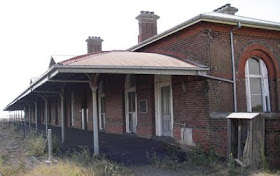 "A century of farmyard relics in Australia : 1840-1940" is the latest production by Ken Arnold.
"A century of farmyard relics in Australia : 1840-1940" is the latest production by Ken Arnold.
Famous for his earlier books on old bottles, Australian tools, Victorian demijohns and more, Ken has out-done himself with this huge 5 volume epic (over 3,000 pages in total).
Volume 1 covers windmills and water related, grubbers, fencing and strainers, manures, sprays, poisons and bait, rabbit traps, skins, buggies, buggy plates, wagons, carts, blacksmith and wheelwrights. Volume 2: dips and drenches, shearing machines and handpieces, wool presses, caring for animals, saddles, harnesses, collars, cans, milking machines, separators and churns. Volume 3: old stationary portable and traction engines, old tractors, saws and saw benches, chain saws, for the smithy, old tools and spanners, old makers plates and plaques. Volume 4: the machinery manufacturers. Volume 5: machinery manufacturers and machinery agents.
The machinery book mentions many of the local agricultural machinery manufacturers : Beard & Sisson, Ackland, May & Millar, Petschel & Brothers, Promnitz, Petschel, Arthur Wallis, James Elsden, E.F. Gersch, Rawling & Co, Braybook & Dimboola Implement Works, etc.









